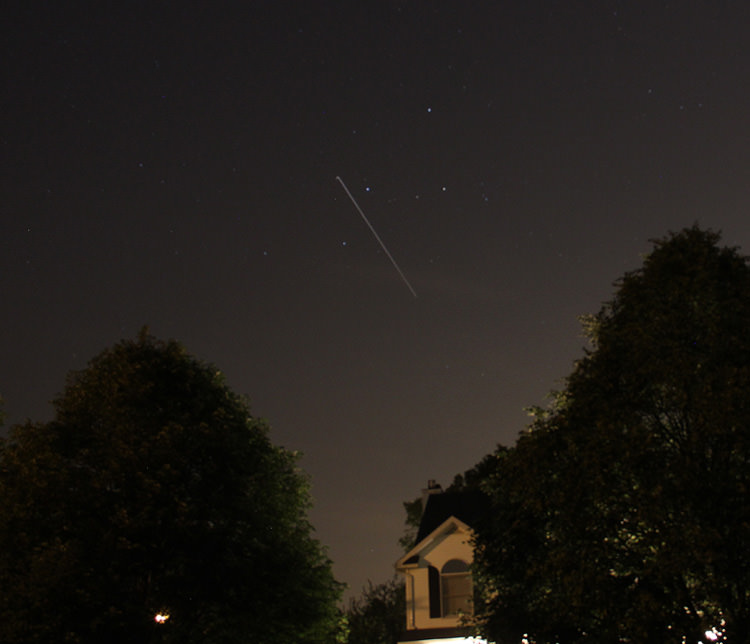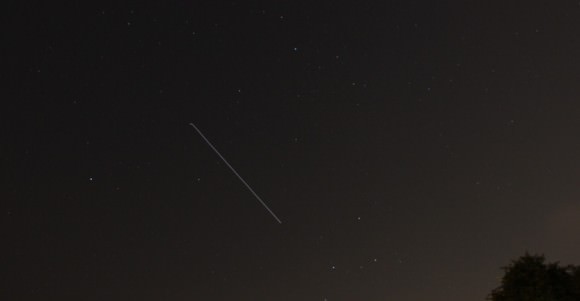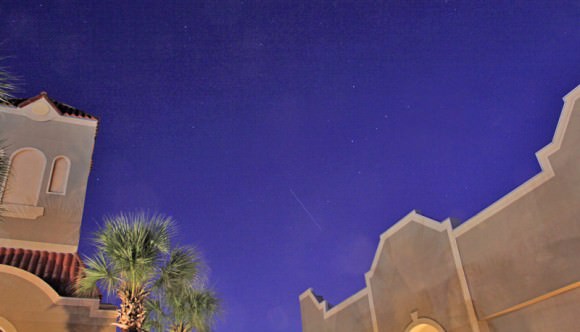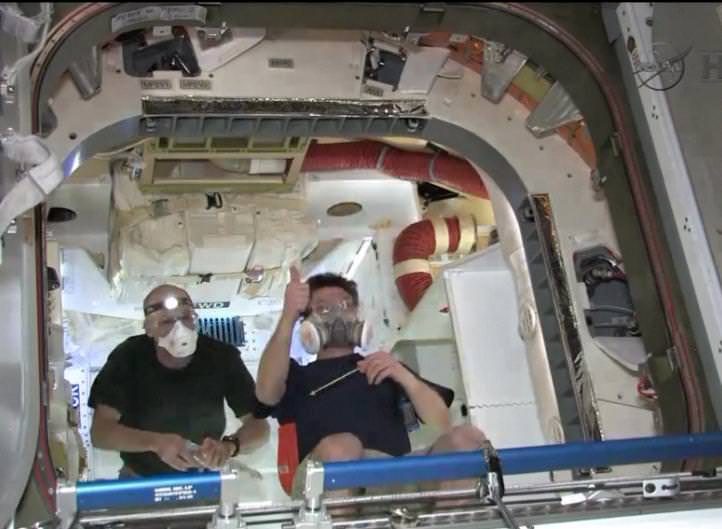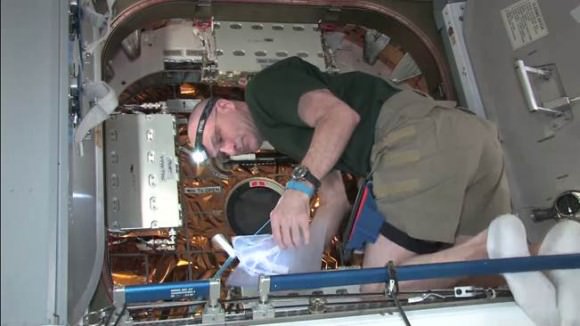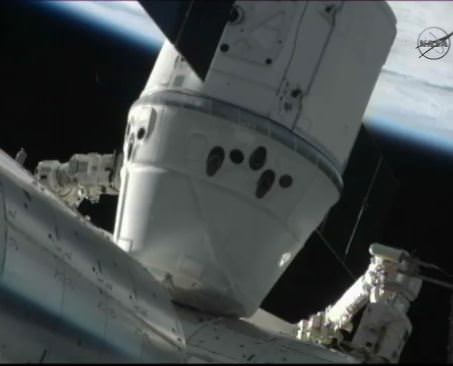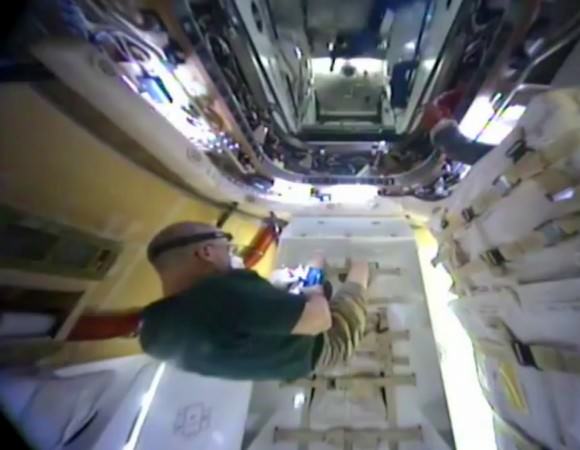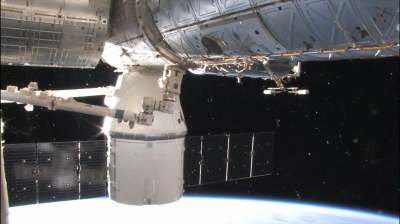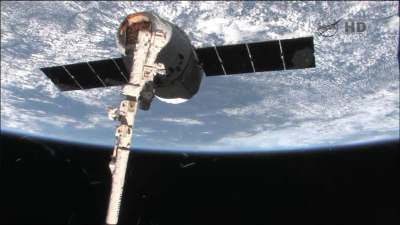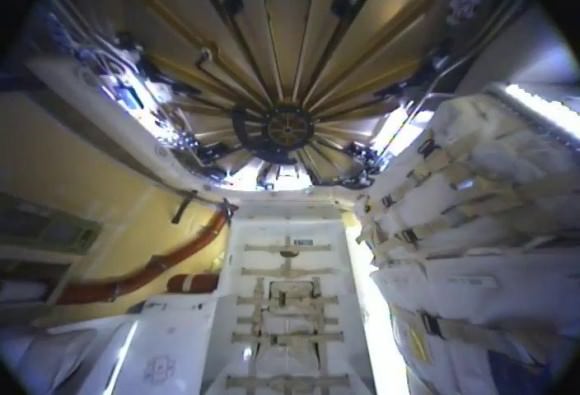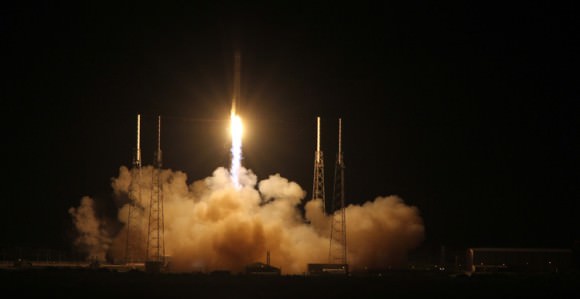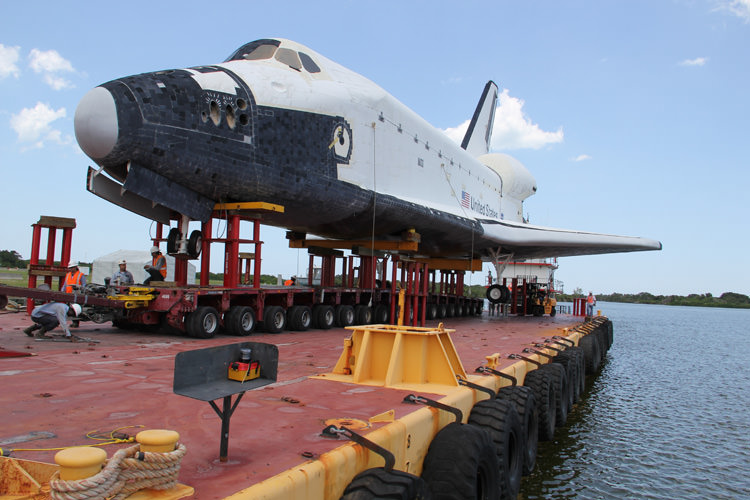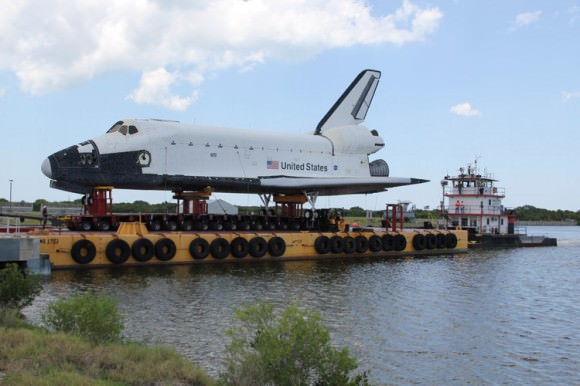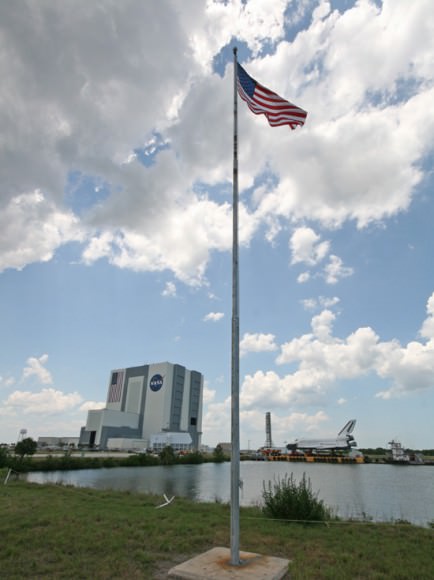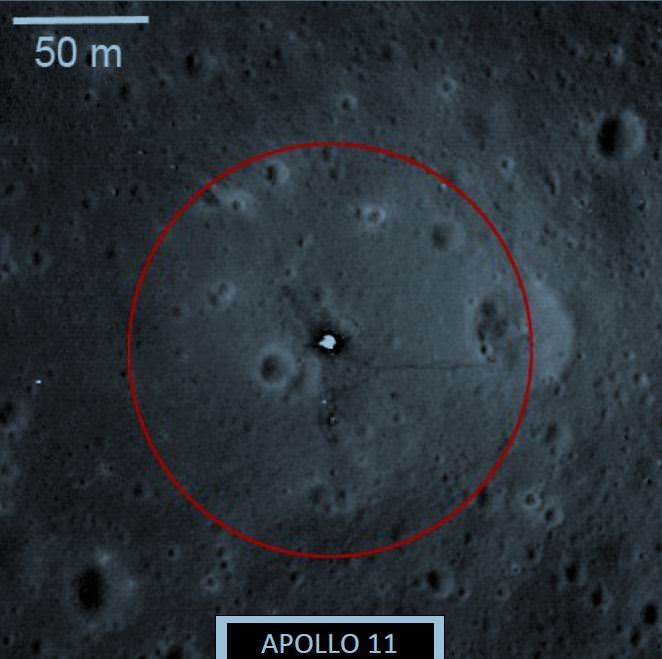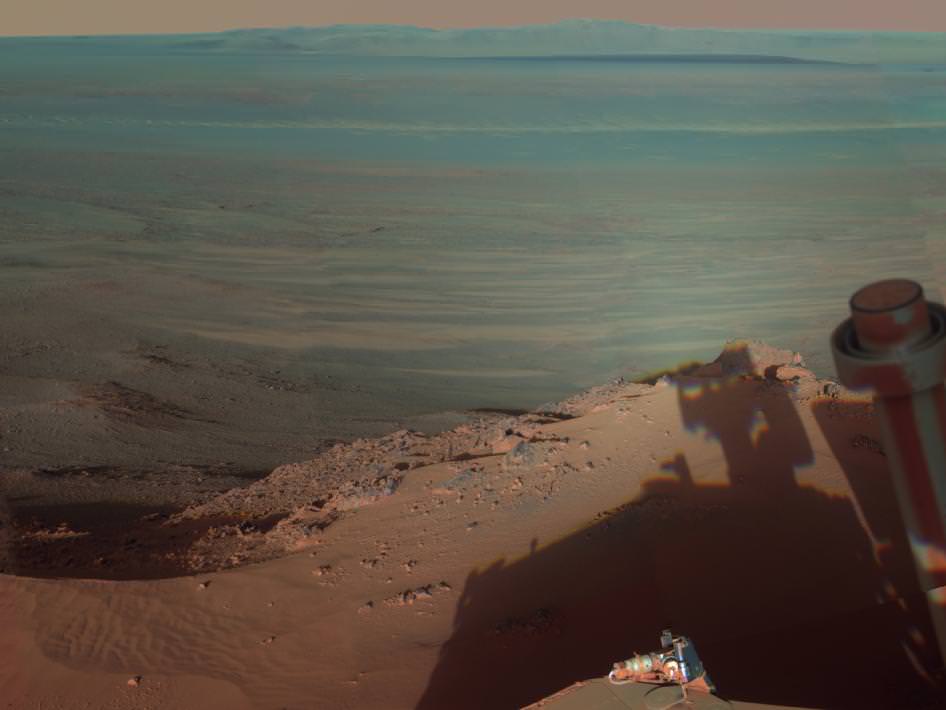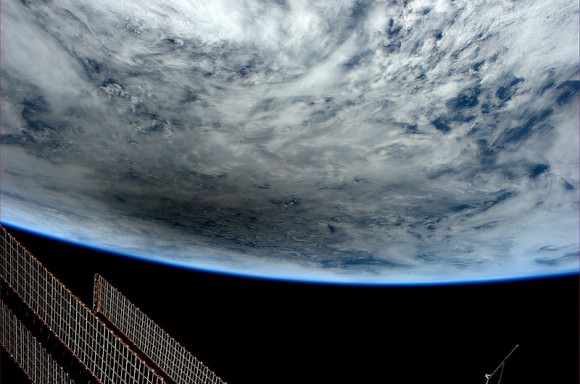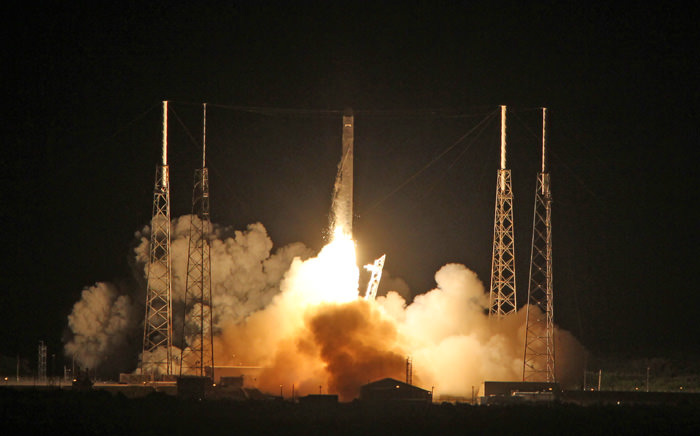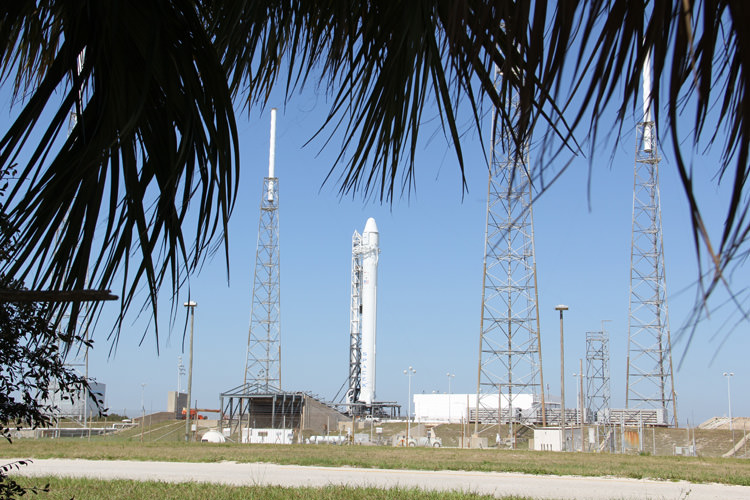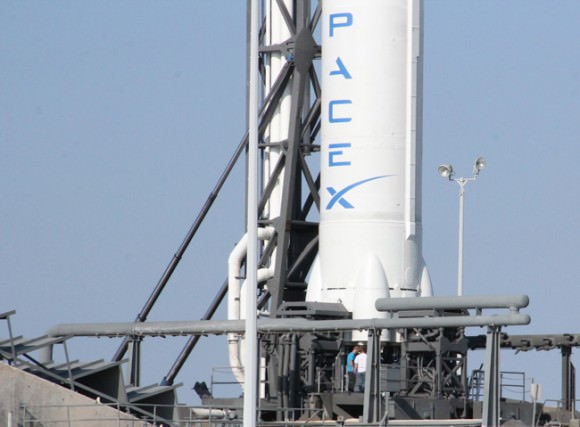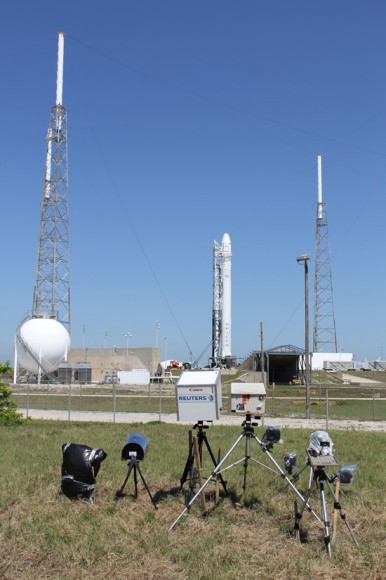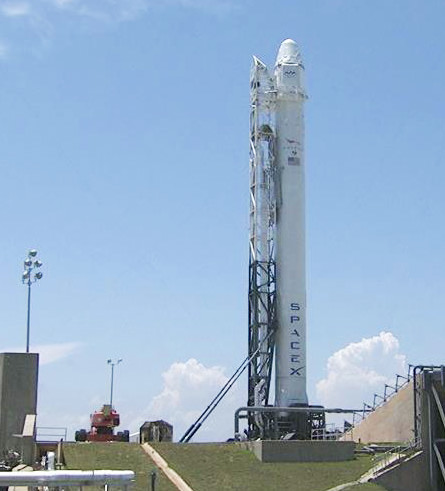[/caption]
Across the country, planetary scientists and students are planning for an upcoming bake sale and car wash on June 9, 2012. The event is in response to the 21% proposed budget cuts to planetary exploration, and while the volunteer bakers and washers will take donations, the main idea is to get the word out to the general public about the proposed budget slashing, and to ask people to send letters to their representatives. “Take Social Action and Participate,” says the event website. “Help Protect the NASA Planetary Budget from Cuts!”
The event was organized by Alan Stern, Principal Investigator of the New Horizons mission and former Associate Administrator of NASA’s Science Mission Directorate. There are several institutions across the US who already have events planned, (see here for planned events) and Stern is hoping for more events to be added. There’s even a ‘cookbook’ of ideas and instructions for how to host an event.
The event is supported by the Division for Planetary Sciences (DPS) of the American Astronomical Society, the world’s largest professional association of planetary scientists, which urges Congress to support and fund a vigorous planetary science program as recommended by the National Research Council. “We strongly believe that the robotic exploration of the solar system resonates with the American people; it is something that NASA needs to be doing and doing exceptionally well, and it is something the American people will support even in tight budget times,” the DPS said in a statement.
At the Lunar and Planetary Science Conference in March, Steve Squyres, Principal Investigator of the Mars Exploration Rovers and chair of the recent National Research Council (NRC) Decadal Survey for planetary science, said that for the planetary science budget to be restored, it would be crucial for the scientific community to respond in a unified fashion. “I’ve spent a lot of time looking at the budget, and as bad as it looks, they are looking for reasons to cut even further. There just is not enough money. What we just cannot do, we can’t give anyone reasons to cut even further. There are people looking to do that. We must respond as a unified voice.”
This bake sale and carwash is an attempt to have a unified voice across the country of showing how devastating the cuts would be for the future of NASA’s overall vision. President Obama has stated he will see astronauts on Mars in his lifetime, so the plan to put the Mars program essentially on hold is perplexing.
Additionally, the job losses and “institutional knowledge” losses would be devastating. “A 20% budget cut will likely equal 20% loss of jobs,” one commenter from the audience at the LPSC NASA Night event said. “People who land missions on Mars will lose their jobs, and when we get to the stage of landing humans on Mars, those with the know-how won’t be there.”
Check out the National Planetary Exploration Car Wash & Bake Sale website to see how you can support planetary science.


